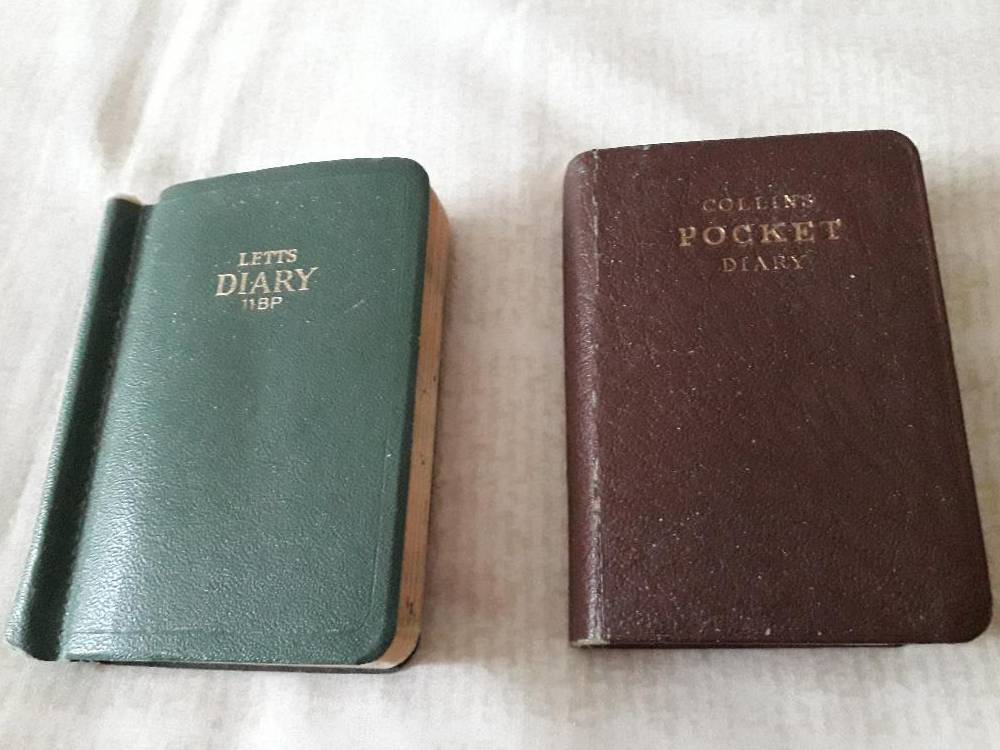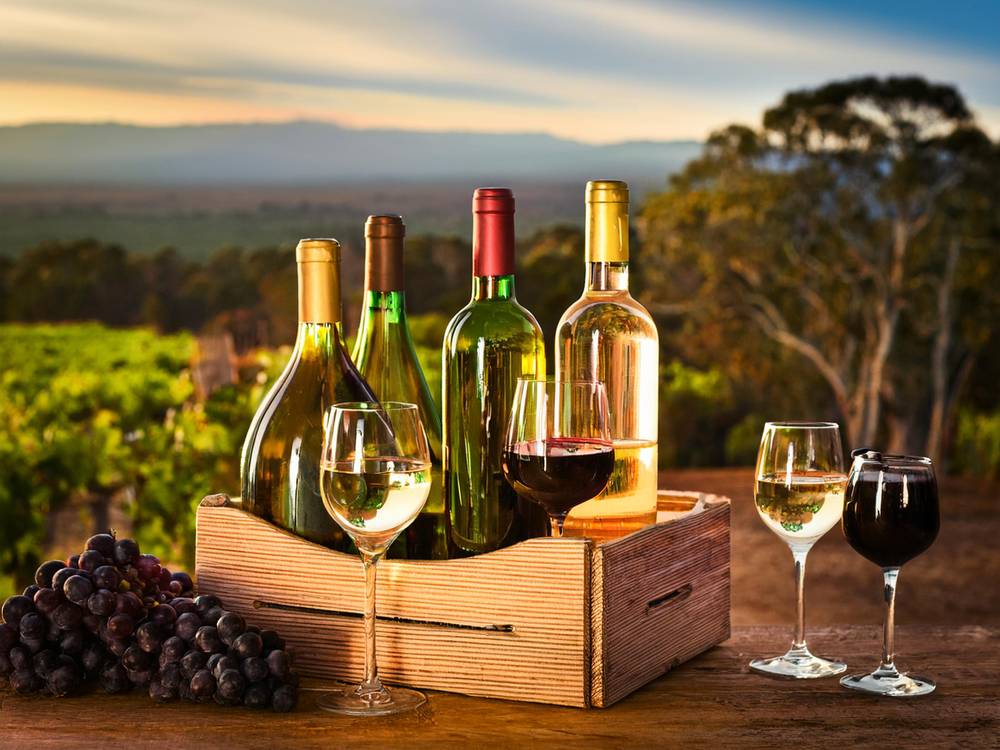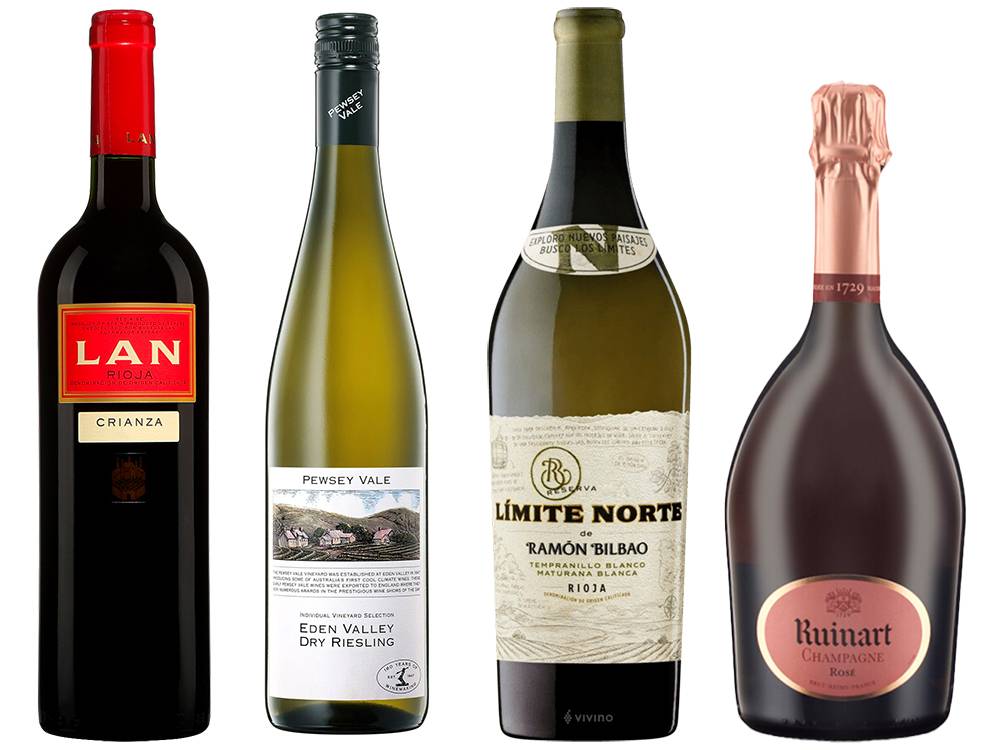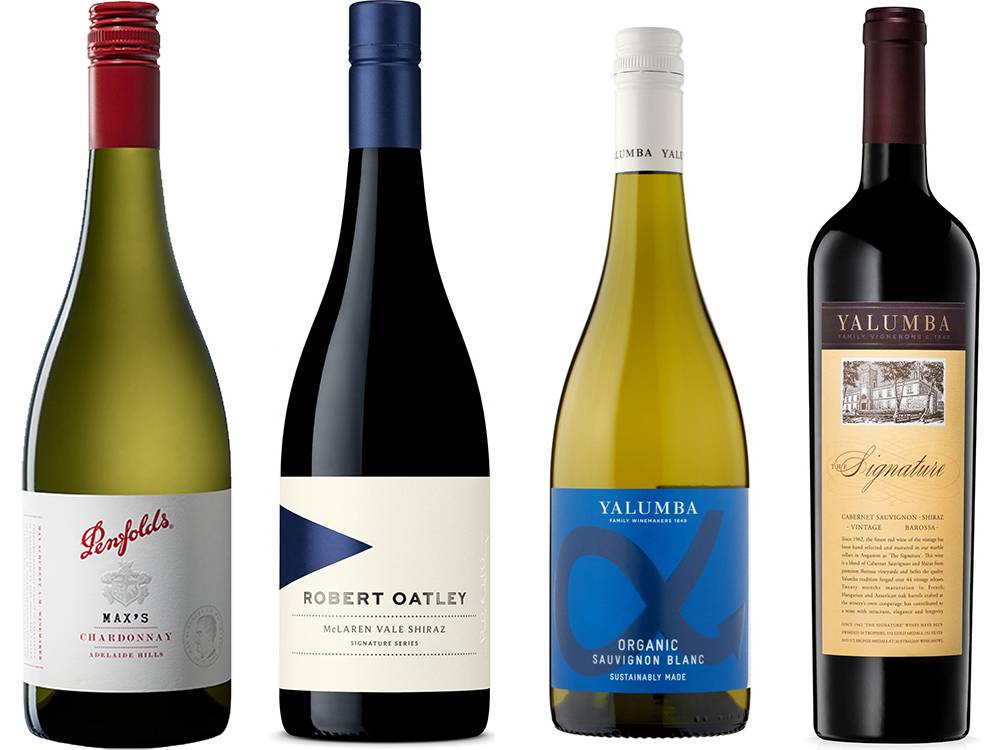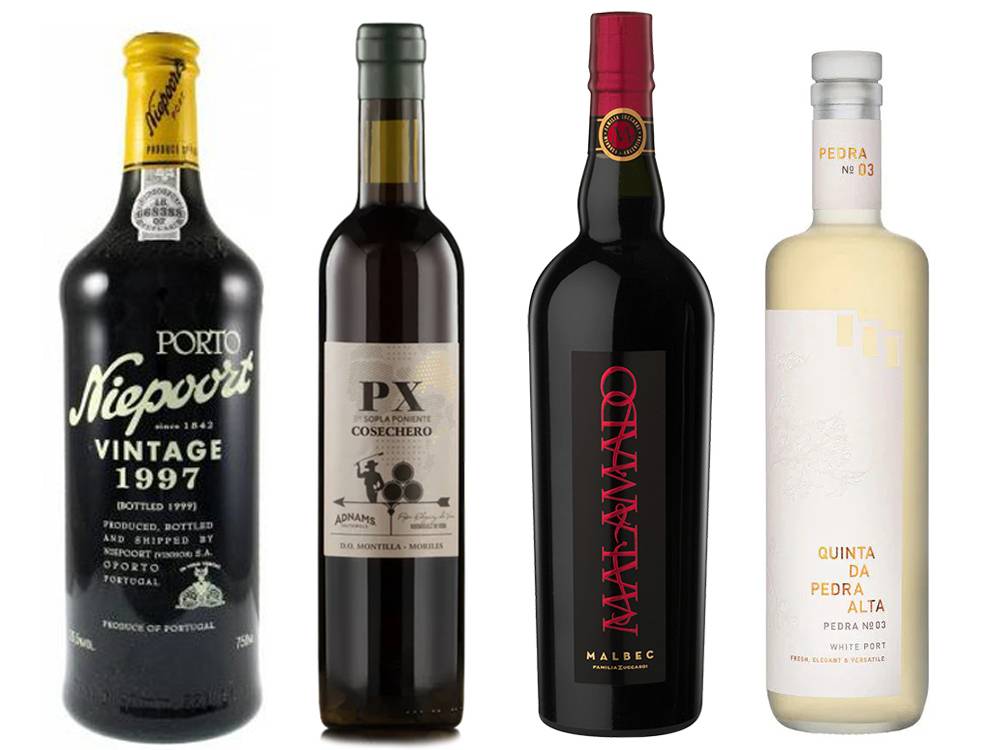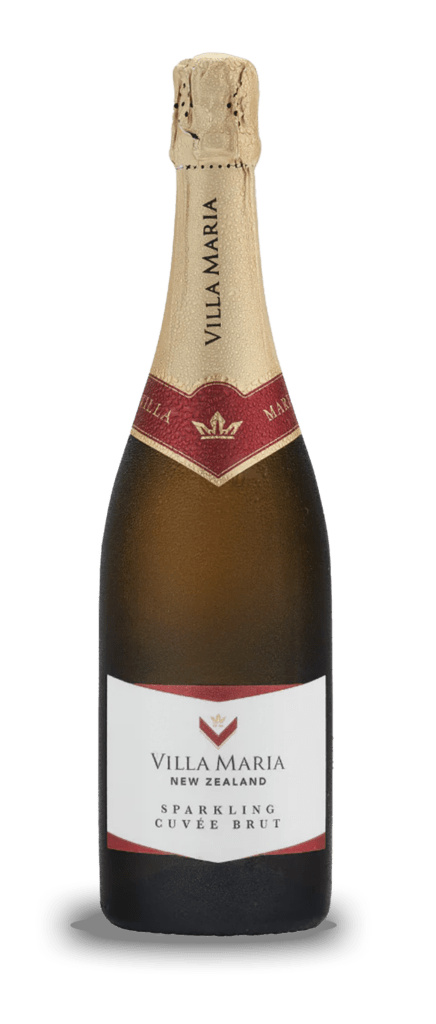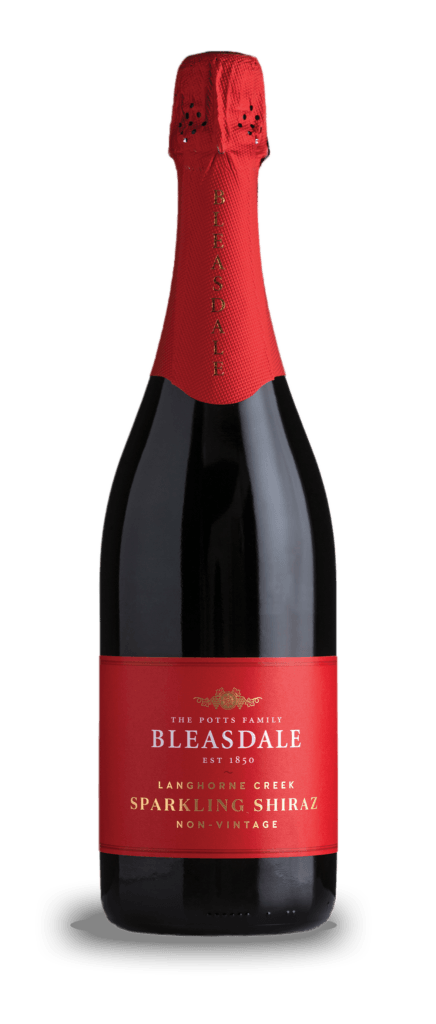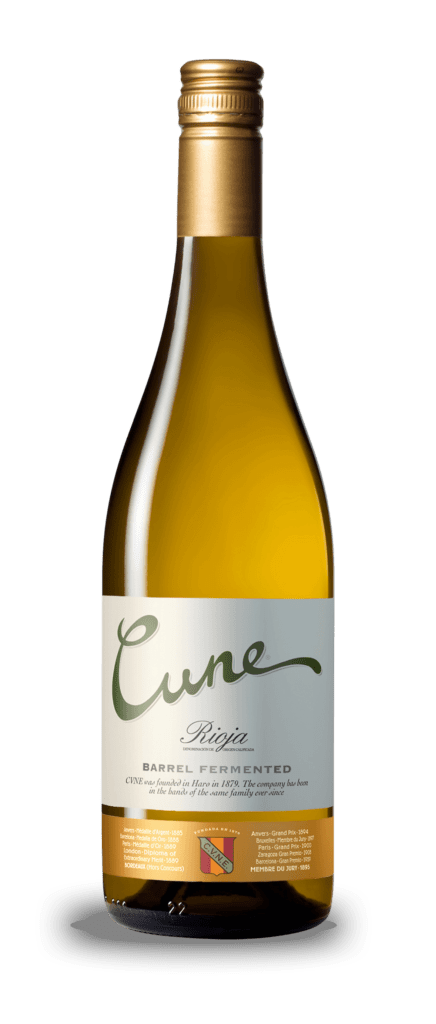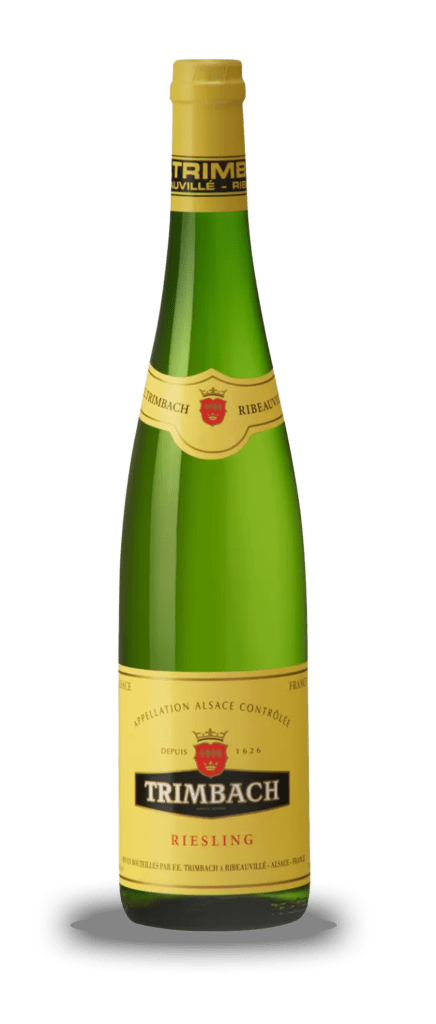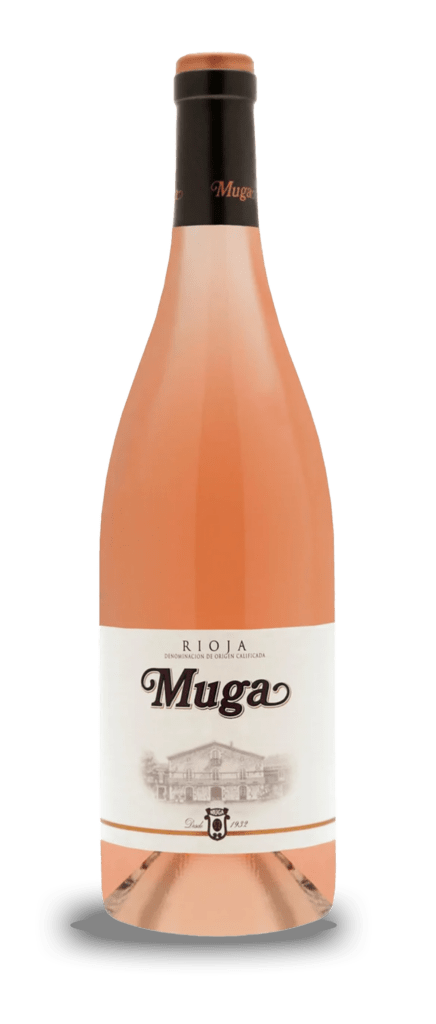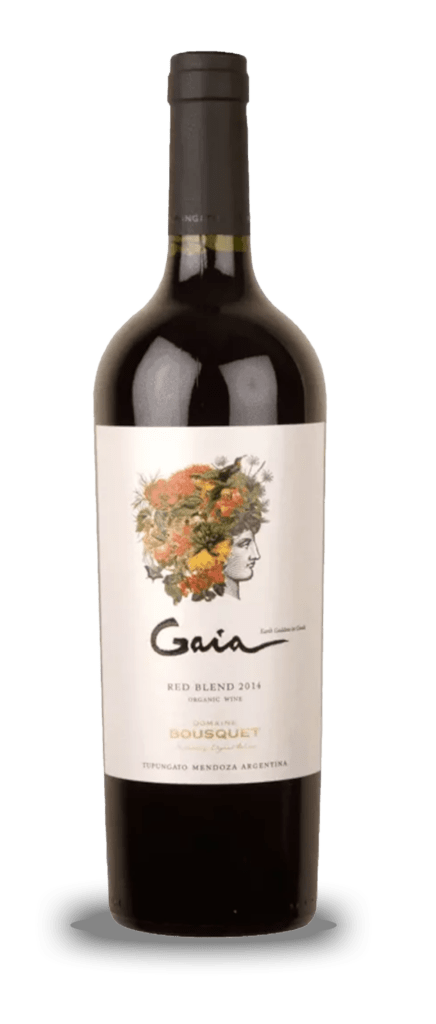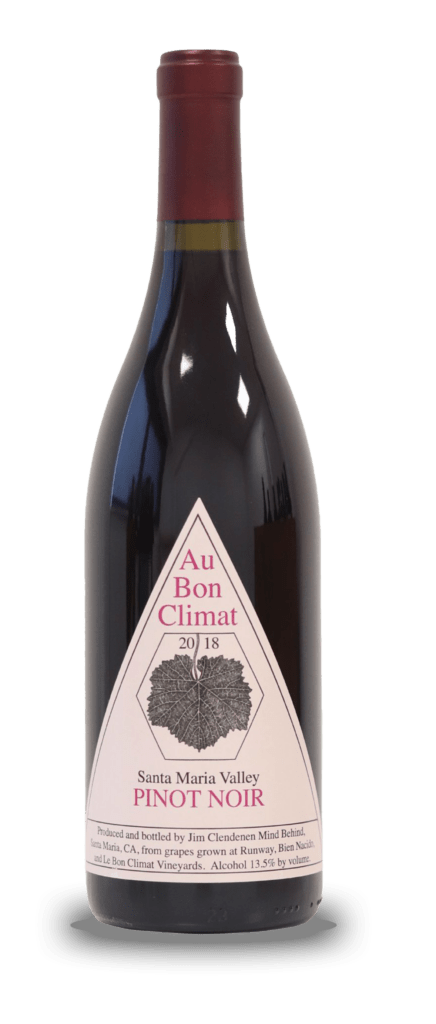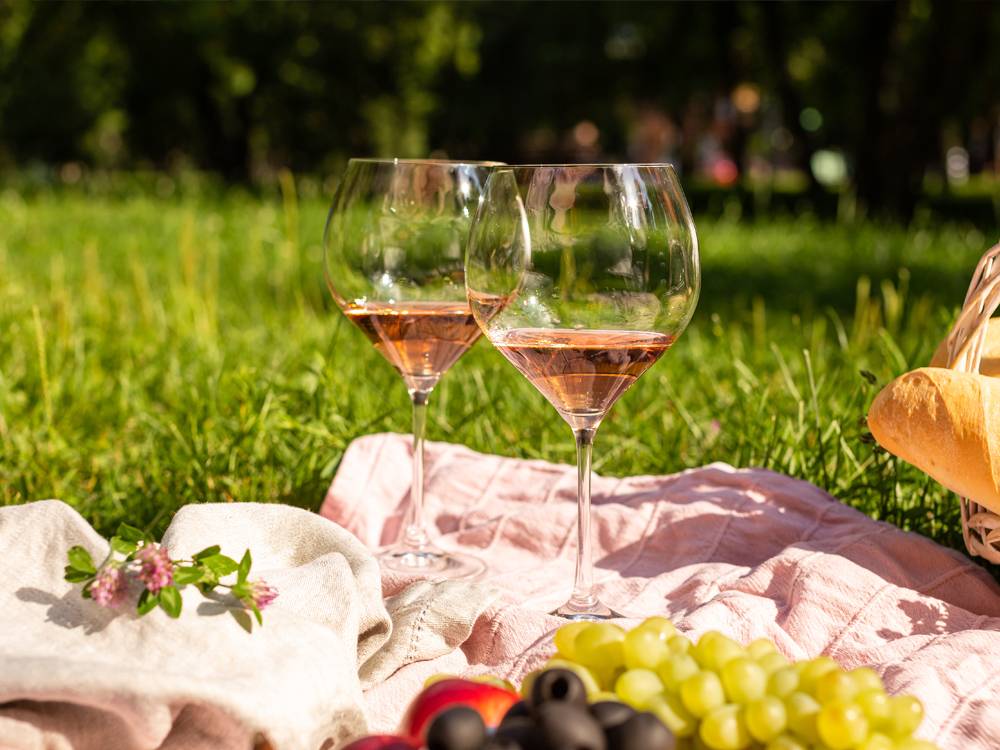Our resident wine columnist shares his picks in time for International Pinot Noir Day on 18th August.
Hello. I shall be celebrating International Pinot Noir Day in my usual way by opening a magnum of Romanee Conti 1985. I keep a couple on my yacht in Monaco in case I fancy an early morning pick me up with my dodo eggs on toast. Putting my #livingmybestlife Instagram fantasy to one side, this is a grape anniversary I will be observing as any excuse to drink Pinot Noir is fine by me.
Pinot Noir is the queen of grapes. Ask any producer who’s ever tried to make wine with it and they may refer to it as the drama queen of grapes. Few if any varieties are as fickle, prone to mutation, picky about their site selection or as downright infuriating as Pinot. Its thin skins have earned it the nickname of the ‘heartbreak grape’ as they break so easily, though when done well its beauty will steal your heart away.
Burgundy in eastern France is the home of Pinot Noir. This long, thin strip of land produces wines of truly astonishing splendour, complexity and ethereal charm that are like no other. Alas to afford wines like Romanee Conti or some of other rare Grand Cru you’ll need pockets deeper than the Mariana Trench. A bottle of Leroy’s Musigny 2015, for example, is currently on offer on WineSearcher for £175,000.
Happily, great Pinot Noir is available to us mere mortals, and to celebrate Pinot’s day in the sun, here are my top recommendations for affordable Pinot Noir.
Must-taste Pinot Noir wines
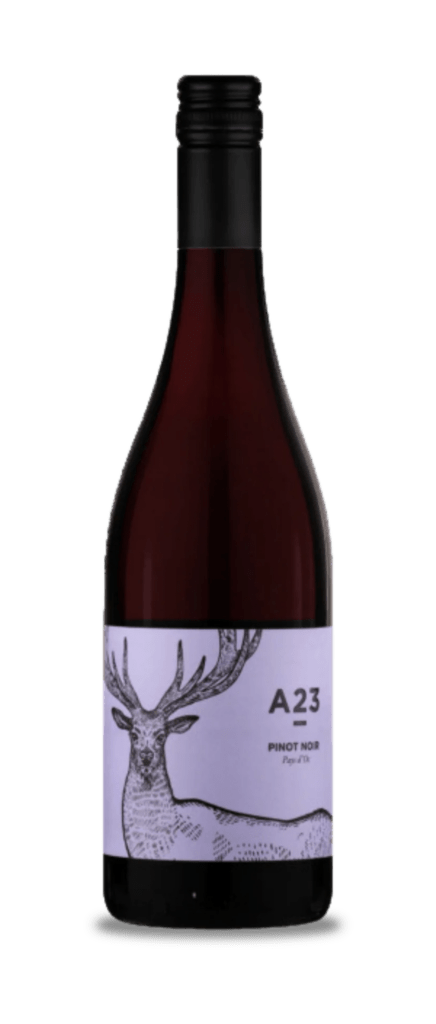
The Spacenine A23 Pinot Noir (Perfect Cellar £14.95) isn’t produced by the side of the Brighton Road as the name might suggest but in France’s Languedoc. Some will tell you that great value French Pinot Noir doesn’t exist. Twenty years ago I’d have agreed, but better site and clone selection combined with infinitely better winemaking have given us crackers like this. Mid-red, the bouquet offers red berries, cherries and a touch a raw beetroot. The medium-bodied palate is lively with lots of raspberries, strawberries, red cherries and a hit of minty spice to the finish. Try this with barbecued red meats or hot smoked salmon.
Next up, are three wines from New Zealand’s Marlborough region. Following Kiwi Sauvignon Blanc’s explosive entry on to the UK market in the late 1980s, winemakers started looking at other vines and, inevitably, decided to try their hand at Pinot Noir. The results can be exceptional. A cool climate, poor, free-draining soils and a long growing season, New Zealand has all that Pinot could want.
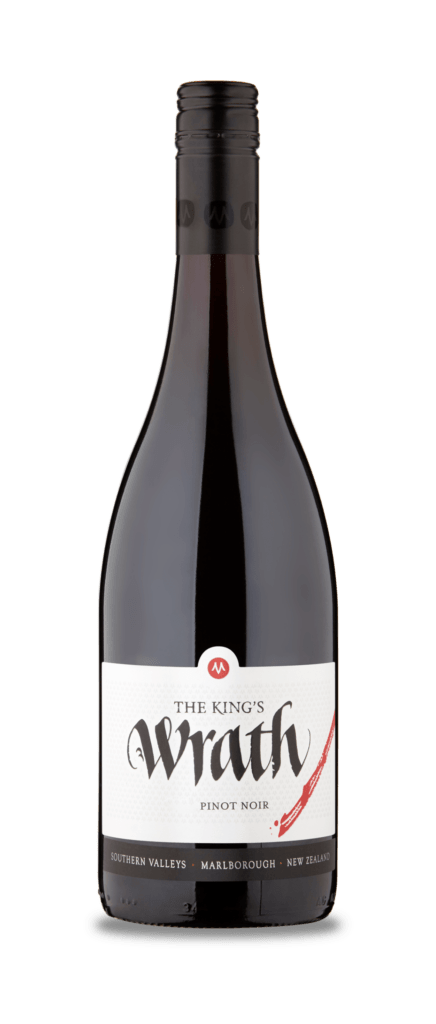
The King’s Wrath (Majestic £9.99) shows New Zealand’s Pinot delicate side. Mid-red, the nose is gentle, combining summer pudding with mint and cream. While no blockbuster, there’s a gentle intensity to the red and black berry fruit that makes it feel bigger than it is. The use of oak is well-judged and adds a creamy, smoky tone without overwhelming the fruit’s mellow beauty.

If you prefer your Pinot big, bold, and boisterous, then the Villa Maria Cellar Selection Pinot Noir (Waitrose £16.99) is for you. This mighty wine has an old-school feel to it. The nose is crammed with sweetly toned red and black berries, vanilla, loganberries and jam. The palate is equally well-endowed, offering masses of rounded berry fruits, damson conserve, sour cherries and spearmint-tinted minerals on the finish. Decant/leave open for a couple of hours and savour this joyful Pinot with bruschetta, mushroom dishes or lamb.
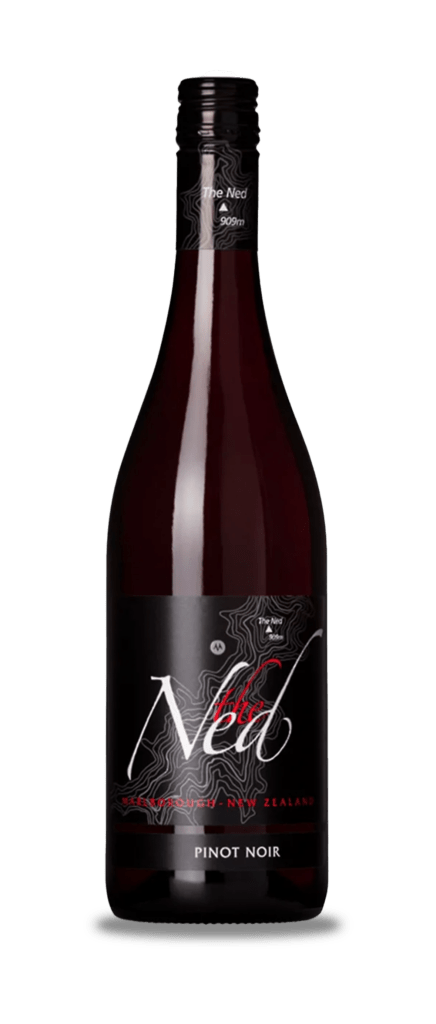
“Classy” is a word I associate with The Ned Pinot Noir (Ocado £16). It’s quite European in its refinement, but it retains New Zealand’s upfront fruit. The bouquet is fresh, clean, zesty and red berry-driven with an undertow of something darker, something herbal and smoky. On the palate, it continues to walk a fine line between reserved and ebullient. Strawberries and raspberries are offset by black cherries and stewed plums, tangy acidity by creamy oak and mushrooms. Lovely with all sorts of red meats and creamy white cheeses, it’s equally at home on its own with a light chill.
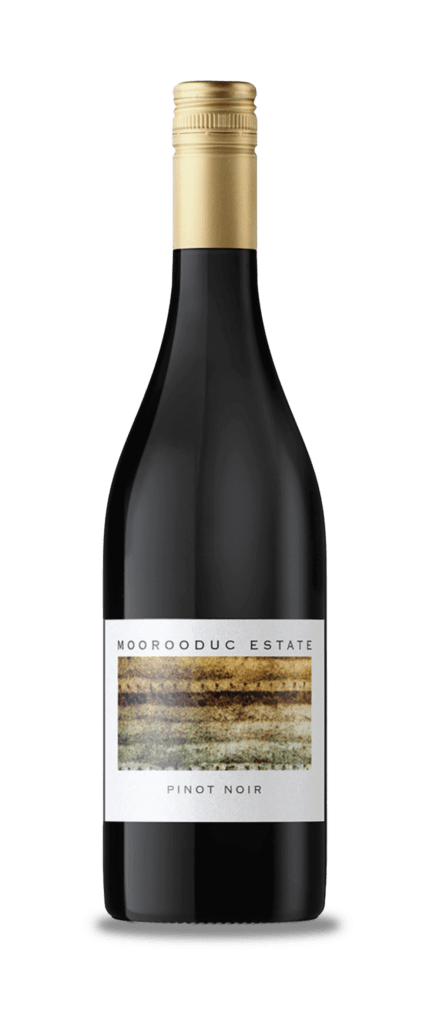
If the Ned can be summed up as classy, then the Moorooduc Estate Pinot Noir 2020 (Caviste £27) is revelatory. I visited this peerless Mornington Peninsula estate when the first wave of cool-climate Australian wines hit our shores. It’s an astonishingly beautiful area just south of Melbourne. Surrounded by cooling water on three sides the wines can be stunning; combining grace with power, precision with intricacy. The Moorooduc Estate Pinot Noir 2020 is the best Australian Pinot I’ve had this year by some margin. Ruby-garnet in colour, the nose blends red berries and cherries with a lift of flowers and darker notes of earth and undergrowth. Cherries dominate the fruit profile, though there are berries and fruits of the forest in the background. Toward the finish, a bright, cleansing acidity comes through alongside smoke, and a savoury, gamey. Still young, this will be age well over the coming 5-10 years.
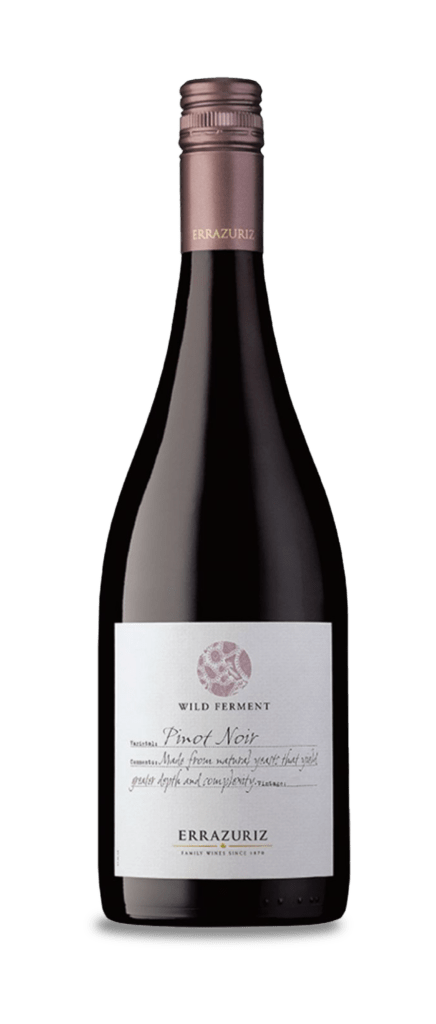
Chile is noted for the excellence of its Pinots. If you want a truly memorable experience splash out on the Las Pizarras Pinot Noir (Berry Brothers, £60.50). From the same winery but for everyday drinking, I have two very different recommendations, the Errazuriz Wild Ferment Pinot Noir 2022 (Wholefoods £16.45) and the Errazuriz Aconcagua Costa Pinot Noir 2022 (Taurus Wines £19.50). I wouldn’t normally recommend close siblings in the same column, but the difference between these two was so striking I feel it’s worth doing.
The Wild Ferment – so called as it’s made using natural “wild” yeasts – has a deep tawny red hue from which emerge scents of overripe raspberries, black cherries, and roses with an undercurrent of undergrowth and wood smoke. The palate is bright, crisp and full of energy with lots of summer berries and brambles set off by spicy oak and coffee bean bitterness to the lingering finish. Pair this with creamy cheese flans, baked fish or roasted poultry.
The Aconcagua Costa is from the Pacific coast and the cooling effect has imparted a freshness and delicacy, but behind the red fruit sits green herbs and black cherries. This was love at first sip for me as a flood of raspberries, tangy cranberries, alpine strawberries and cream rushed forth. In their wake came red cherries, a hint of citrus, vanilla, and a dash of balsamic. Precise and clean, it’s also satisfying and brilliantly complex. Give this a couple of hours open and serve just below room temperature – too warm and it loses some of its edge – with rich dishes such as liver, filet steak, coq au vin, or game birds. This will age wonderfully too.
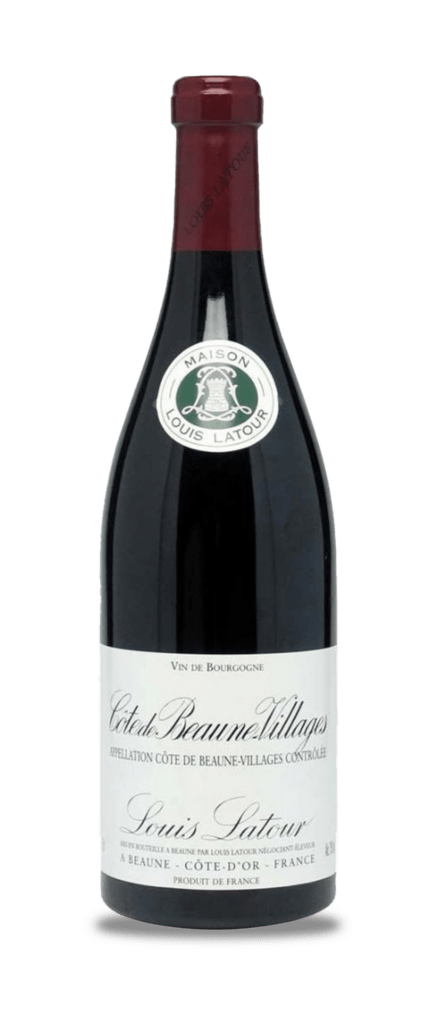
I can’t talk Pinot Noir and not mention a Burgundy. While it’s not easy to find affordable brilliance in Burgundy if you follow the golden rule – producer, producer, producer – it can be done. Take the Louis Latour Cotes de Beaune 2021 (Tesco £21). I was quite surprised to see this in Tesco as this “challenging vintage” (wine speak for the nightmare that keeps on giving) was tiny. The little wine that was produced was often lovely though. Freshness and fragrance are 2021’s signatures and these are evident here. Mid-red, there’s a distinct floral note attending the raspberry, cherry and blackberry bouquet. These appear on the supple, yet bright palate, which gives generous quantities of red fruits, cherries, spices, and a crisp, firm finish. Time is on its side, but if you’re drinking it now, pair it with tomato-based dishes, full-flavoured cheeses, duck or spring lamb.
Well, that’s it from me for now. Next time out I’ll be looking at some Argentinean wines and exploring it’s offerings beyond Malbec.
Cheers!
Giles








